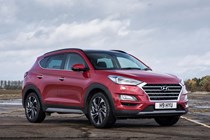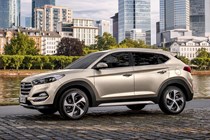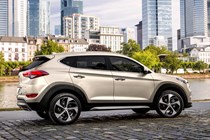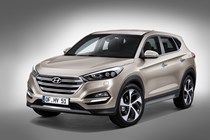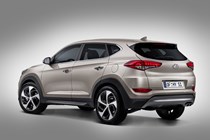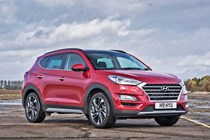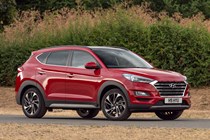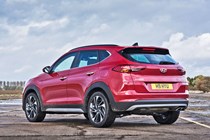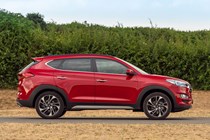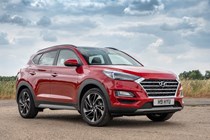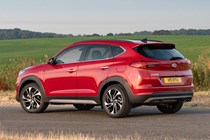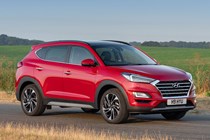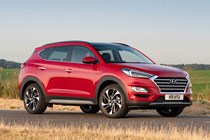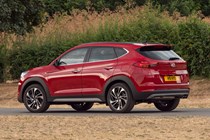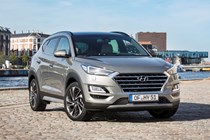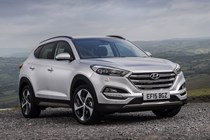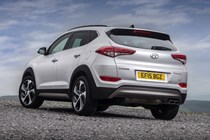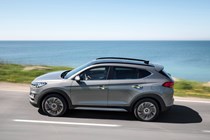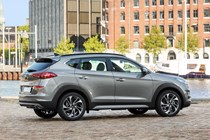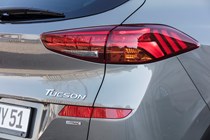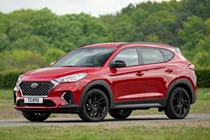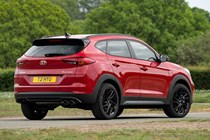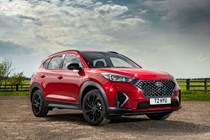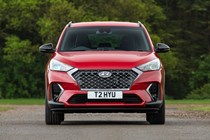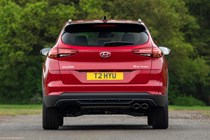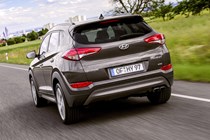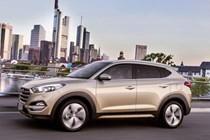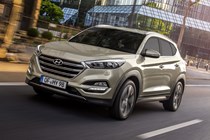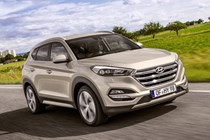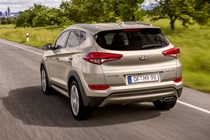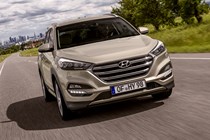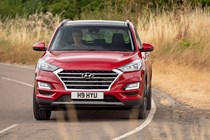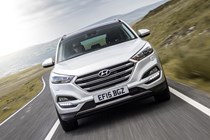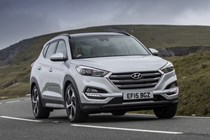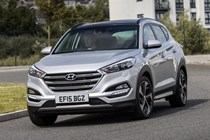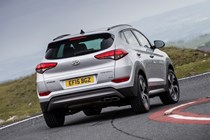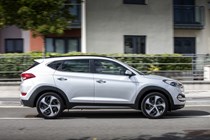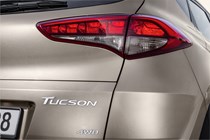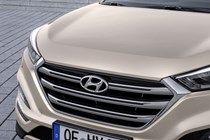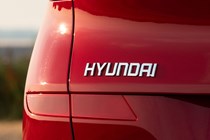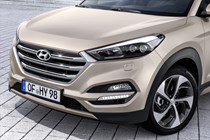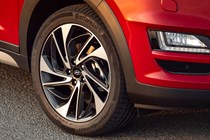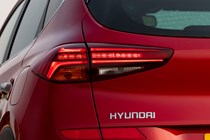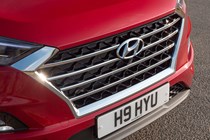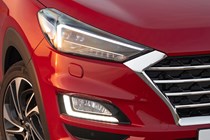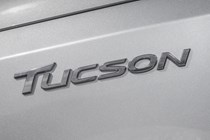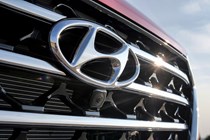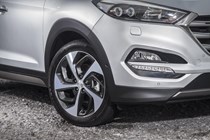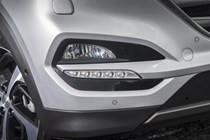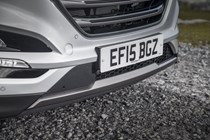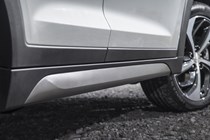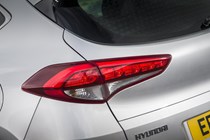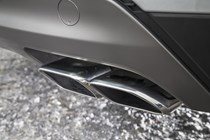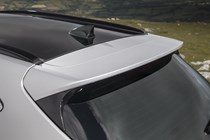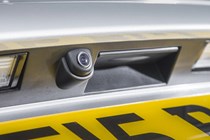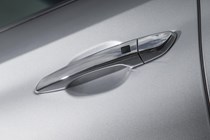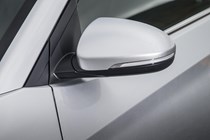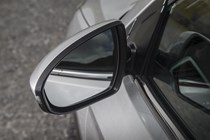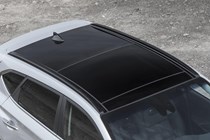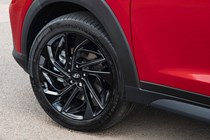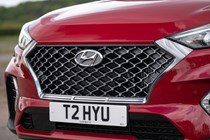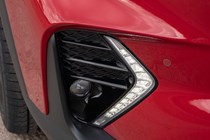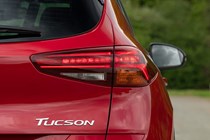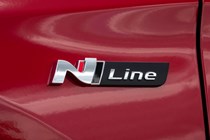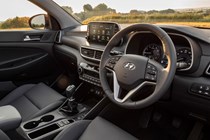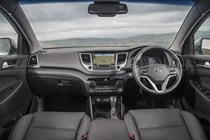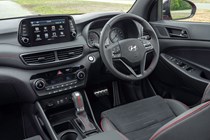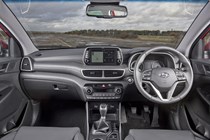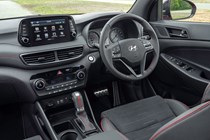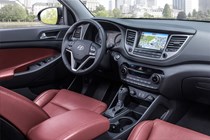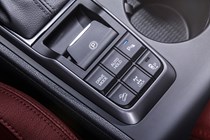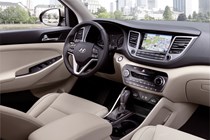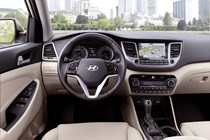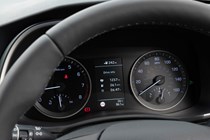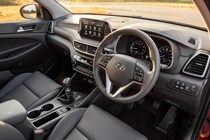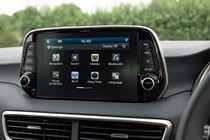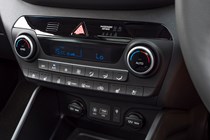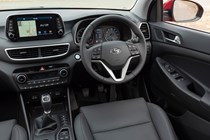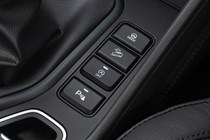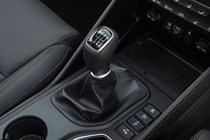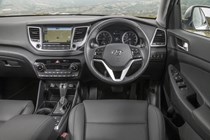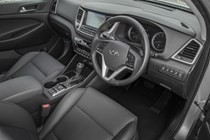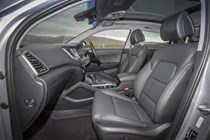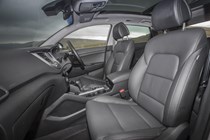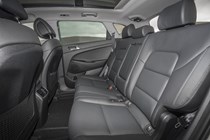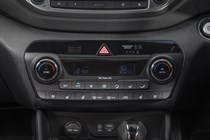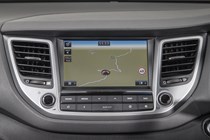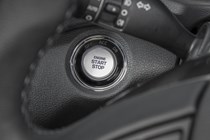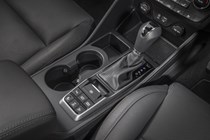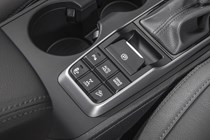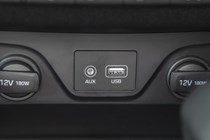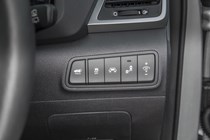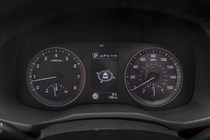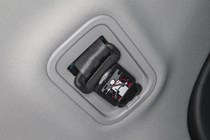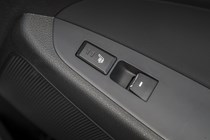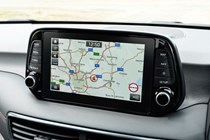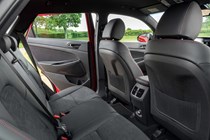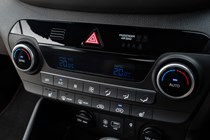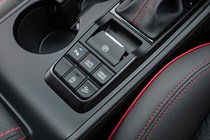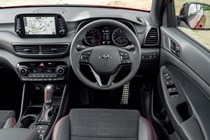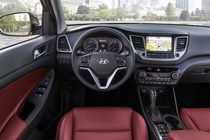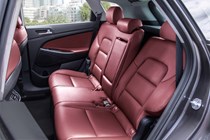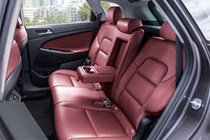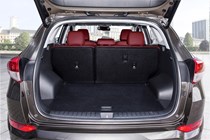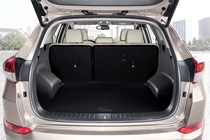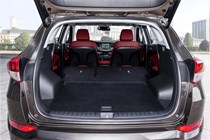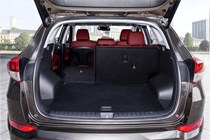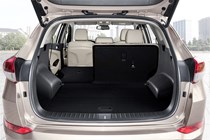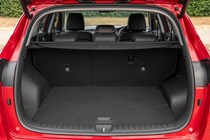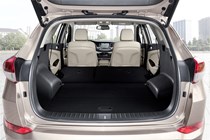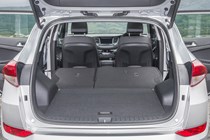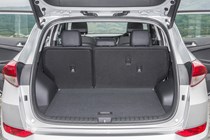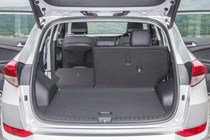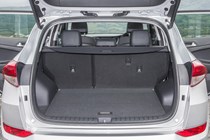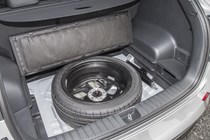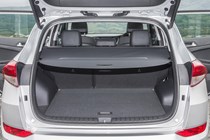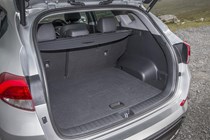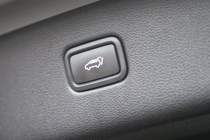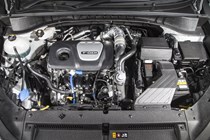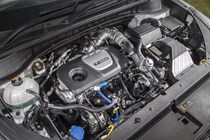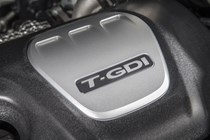
Hyundai Tucson Estate (2015-2020) engines, drive and performance
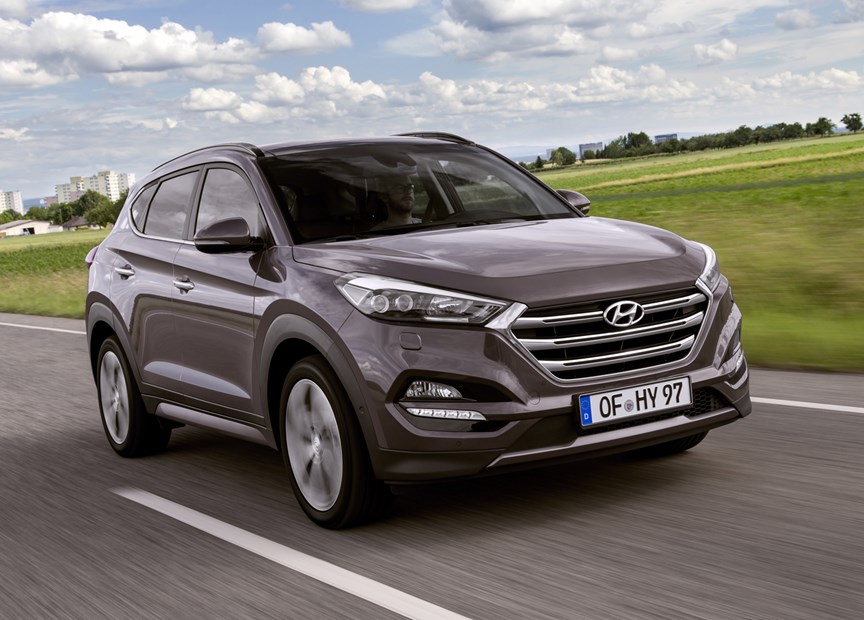
- Punchy diesels are the pick of the range
- Turbocharged petrol is lacking in oomph
- No full- or plug-in hybrid option available
There’s a suite of diesel- and petrol-fuelled engines majoring on efficiency rather than outright performance available for the Tucson, with the diesels proving the most popular.
From the 2018 facelift, the powerplant range was revised, with the introduction of a 48-volt mild-hybrid version sitting atop the range.
CRDi diesel engines
Kicking things off is the 115hp version of the 1.6 CRDi – its top speed of 109mph is a testament to its modest output.
Although it has 280Nm of torque, developed from 1,500rpm to 2,750rpm the 0-62mph time of 11.8 seconds isn’t especially sparkling. Still, the shift action of the six-speed manual is pleasingly precise, which is just as well as you’ll need to work the gearlever a lot to extract its performance.
Slightly punchier – and worth the extra cost to buy – is the 136hp version of the same 1.6 CRDi engine. Top speed is only slightly higher at 112mph, but a torque increase to 320Nm between 2,000 to 2,250 rpm reduces the 0-62mph dash to 11.2 seconds.
That’s a very narrow window of opportunity to extract all of this engine’s pulling power, so we’d recommend taking the seven-speed dual-clutch (DCT) automatic instead as it’ll sit in the optimum rev range when accelerating harder.
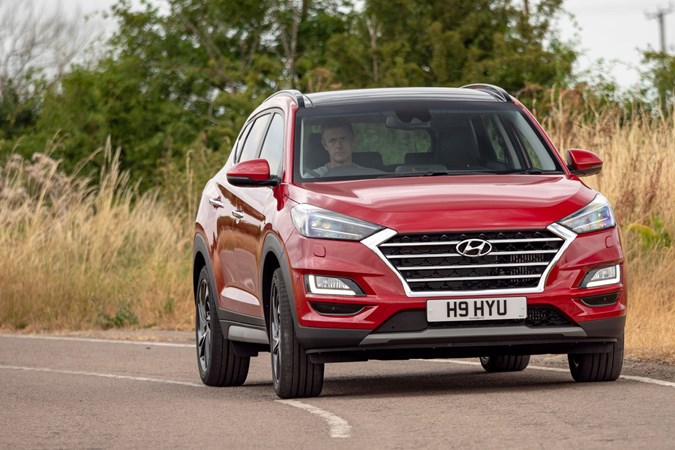
Early in 2019 Hyundai added mild-hybrid technology to this engine, boosting efficiency and the responses when the car switches on and off. The power outputs are the same, and is available with a choice of manual or DCT gearboxes. There’s also a larger version of this available.
It’s a smooth and responsive engine, and a good fit in the Tucson. You don’t feel short-changed in terms of power, making it one of the engines we’d recommend the most due to its flexibility. In combination with the slick manual gearbox, it’s a more pleasant version to drive than the jerkier petrols.
Tucson mild-hybrid engines
Introduced in 2018 is the mild-hybrid Tucson fitted – unusually – with a diesel engine and a 48-volt electrical system.
Here the electricity is used to both bolster performance and improve efficiency, so you won’t be able to drive it around purely on electrical energy. Consider it a supersized stop/start system and you’re not far wrong.
In this guise, the Tucson has a 2.0-litre diesel engine, sending its power to all four wheels via a conventional eight-speed automatic gearbox.
Peak power is 185hp, resulting in a top speed of 125mph, while 400Nm of torque on tap between 1,750 and 2,750rpm sees a 0-62mph time of 9.5 seconds.
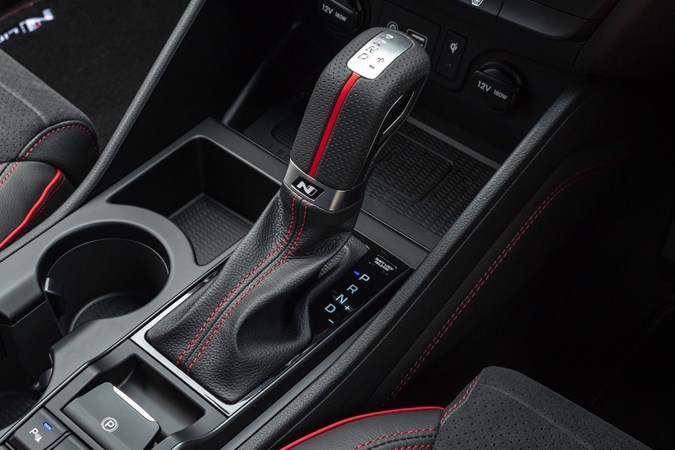
GDi and T-GDi petrol engines
Of the engines available for the Hyundai Tucson, it’s the diesels that are the most popular courtesy of their low running costs, but are buyers missing out avoiding the petrols?
Entry-point to the range is the 1.6 GDi, a non-turbocharged motor producing a modest 132hp, enough for a top speed of 113mph.
You’ll have to work the standard six-speed manual gearbox – itself not a chore due to its slickness – hard to maximise the 161Nm of torque as it doesn’t peak until 4,850rpm. Consequently the 0-62mph benchmark is a sedate 11.5 seconds.
Offering significantly more pep – but nothing remotely sporty in terms of soundtrack or urgency is the turbocharged 1.6 T-GDi.
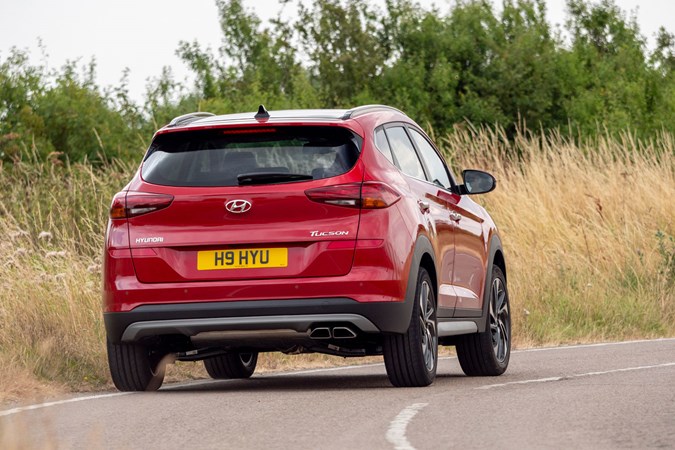
With peak power topping-out at 177hp, Tuscons equipped with this engine and the six-speed manual will run-on to a top speed of 126mph, while 265Nm of torque from 1,500rpm sees the 0-62mph time tumble to 9.2 seconds. Nevertheless, you still have to work it hard and maximise the engine revs as that richest seam of pulling power is all the way up to 4,500rpm.
Opt for the seven-speed dual-clutch (DCT) automatic, and while you’ll sacrifice 1mph from the top speed, the same 0-62mph sprint will take 8.9 seconds.
Ride and handling
- Neat and tidy body control…
- But this isn’t a car for keen drivers
- Range of off-road aids also available
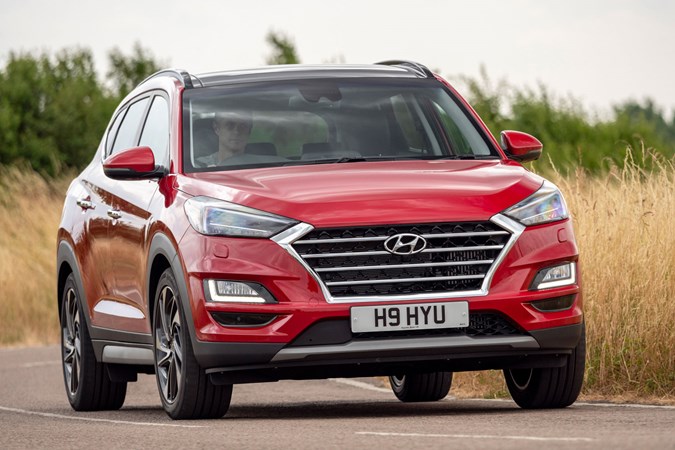
This is an area Hyundai has done a serious amount of work on compared with the ousted ix35, and it shows.
The Tucson handles well, with impressive body control considering the SUV nature of the vehicle. It rides high but doesn’t roll around a lot, which makes it an easy thing to make good progress in. Don’t expect to take corners like a sports car, but we reckon the Tucson handles just as well as a Qashqai or Kadjar, if falling a short of Mazda’s CX-5.
We found the steering to be well-weighted for most driving, and an absolutely vast improvement on the old ix35, but there’s precious little feel about what the front wheels are up to. Hyundai’s missed a trick in this regard.
One thing we’re not keen on is the Flex Steer system, or Sport Mode, in automatic cars. This is meant to add weight to the steering, which sounds brilliant for sportier driving, but in reality you have to concentrate so hard to notice the difference that it’s difficult to see why it’s there at all. Plus, there’s no more road feel than in the standard setting.
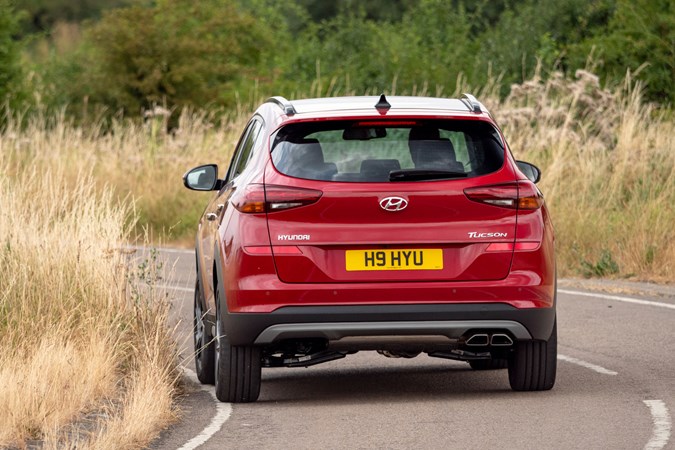
Overall the Tucson is easy to drive, simple to park and, when fitted with the four-wheel drive system, actually moderately capable off-road.
Can you drive the Hyundai Tucson off-road?
We tackled a simple course over rutted, muddy land, which confirmed that the four-wheel drive system does work when fitted with the appropriately bity tyres. This is no Land Rover, so it’s not going to be able to scale many mountains, but should see you safely home over fields or in snow.
There’s a couple of handy off-road systems installed, including a hill-descent function – think of it as an off-road cruise control – and a differential lock which splits the torque between the axles in half for better stability at lower speeds on rough terrain.


